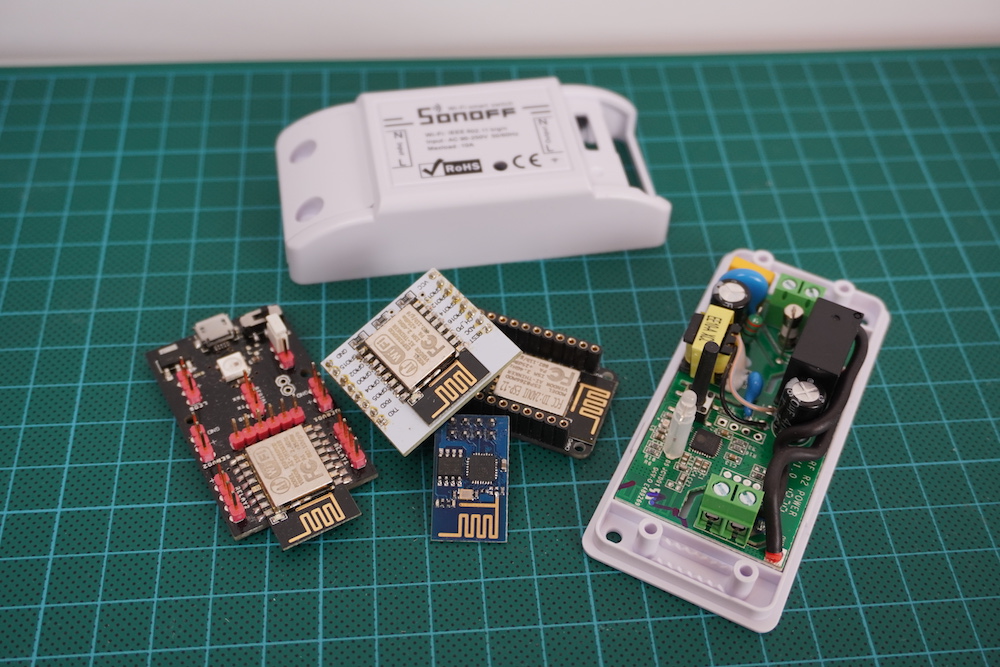Arduino IoT Cloud: Support for ESP8266 and other third party boards

With the latest release of Arduino IoT Cloud (version 0.8.0) we did a lot of work behind the scenes, and while it might be transparent to most users, it introduced some big changes. But the one we’re most excited about is that the Arduino IoT Cloud has begun supporting a number of third party devices.
Starting with the uber-popular ESP8266 by Espressif — NodeMCU, SparkFun’s ESP Thing, ESPDuino, and Wemos (to name a few) — along with other inexpensive, commercially available plugs and switches based on this module. You can now add one to your Cloud Thing and control it using our intuitive web-based Dashboard.
Like every new release, there were plenty of obstacles to get around, especially providing security between the third party boards and the Arduino IoT Cloud, where there’s no possibility to go through our secure certificate provisioning process because the hardware is lacking an essential component: the cryptographic element.
The Arduino IoT Cloud was born with security in mind and developed around the Arduino MKR series of boards featuring Microchip’s ATECCx08, an encryption chip capable of elliptic-curve cryptography. These boards store the bits necessary to authenticate with a server in a very secure way, guaranteeing your board is connecting to the real server and exchanging data over TLS.
When it comes to boards that don’t have enough RAM and do not feature such cryptographic elements, we had to enable a secondary way to get in. Data transfer will still be encrypted over SSL, but the server authentication part will be a little less strict, allowing the Arduino IoT Cloud to be available to a wider user base. Nevertheless, we do inform users that if they want the highest levels of security they’ll have to use a board which embeds a cryptographic chip. As more and more IoT device users become concerned with security, manufacturers are starting to implement such technologies. We have just recently seen standalone ECC modules which can be paired with your microcontroller of choice. It’s looking bright, and we’re proud to have been amongst the first to bring about this change.
For third party boards without a crypto chip, we had to extend our API and allow the creation of a device-exclusive unique identifier (which will be used as a username) and the generation of a Device Key, providing the final user to access the platform using a username: password pair.
Internally we already used those tools and APIs; we’re just opening them up for use by a broader audience.
One small requirement for this to work is that you’ll need to upgrade your Arduino Create plan to the ‘Maker plan.’ This will give you access to ESP8266 compilation and IoT Cloud pairing of the device. The Maker plan will also extend the amount of original Arduino boards and Things you can create and manage.
This is just the first step in opening up to more and more hardware, and we have a lot of things lined up for our users. We really hope you’ll enjoy the ease of development and the tools to bring your application to the Cloud in the shortest possible time.
Head over to Arduino IoT Cloud and show us what you got!